Emily Lakdawalla • Apr 23, 2010
Hubble turns 20
Tomorrow is the 20th anniversary of the launch of the Hubble Space Telescope. It's hard to believe it's been going strong for so many years. Other blogs, notably Universe Today, have been doing retrospectives on the spacecraft's 20 years of triumphs, tribulations, and astronomical observations. Rather than rehash what these other excellent sites are doing I thought I'd feature in a single blog post images of the planets and other biggish stuff in the solar system that Hubble has captured over the years.
Mercury
There are no Hubble images of Mercury, because Hubble is restricted from pointing close enough to the Sun to image it.
Venus
Venus is the only planet Hubble can see in a crescent phase.
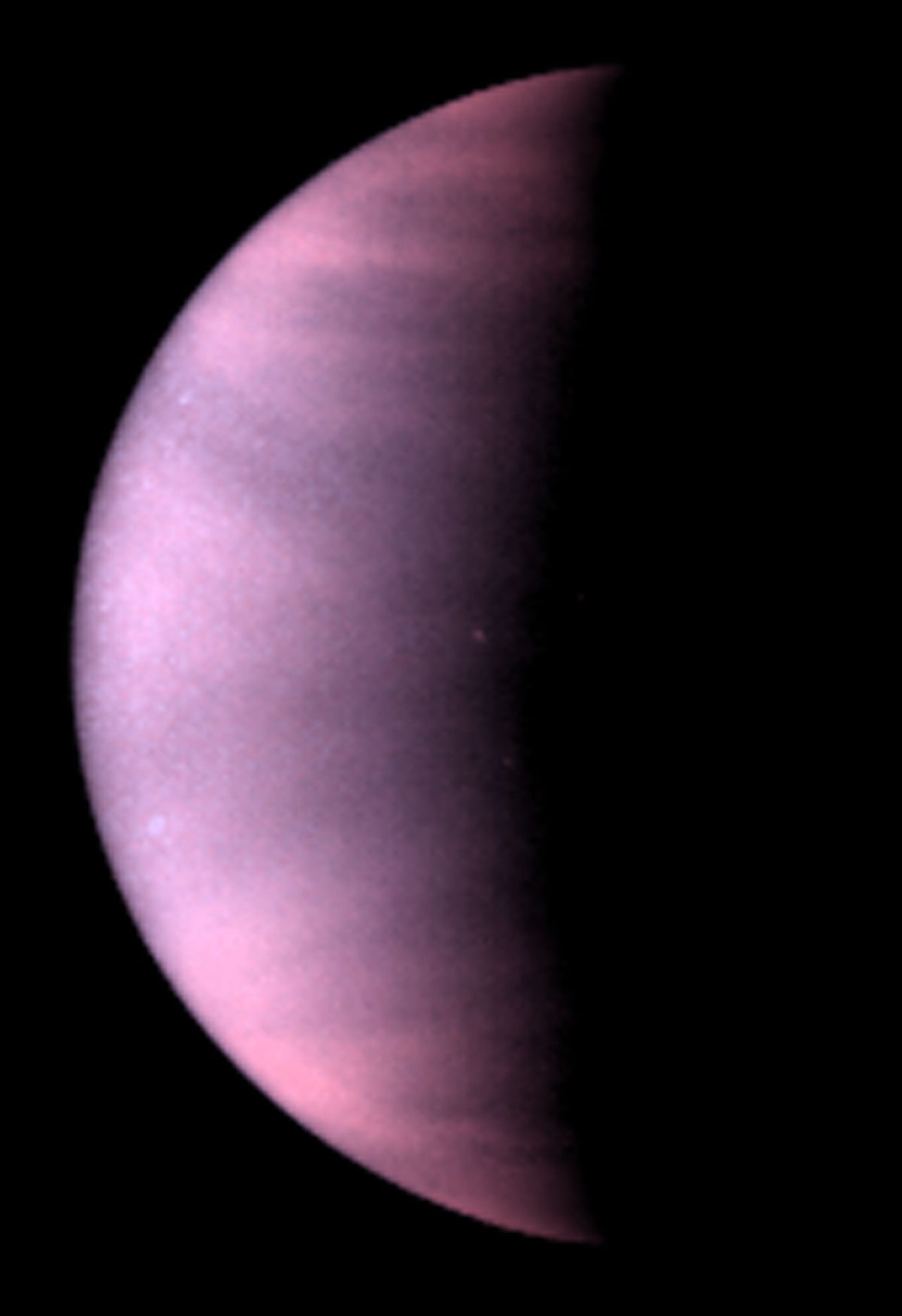
The Moon
I would have thought Hubble wouldn't have been permitted to stare at the Moon -- I thought it would be too bright a target -- but that's evidently not the case. Hubble's pretty close to the Moon so the detail is quite high:
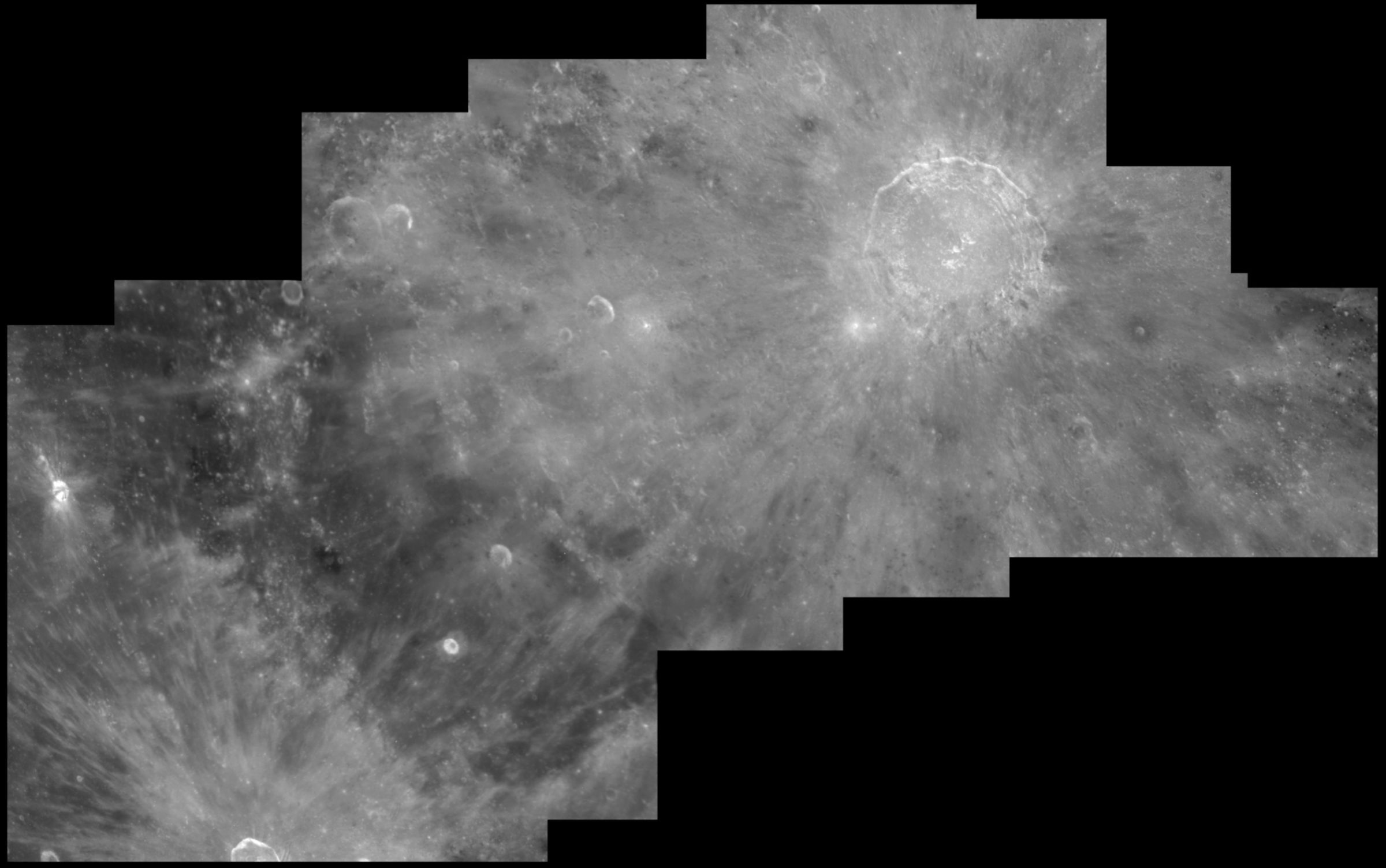
Mars
Hubble has been used to shoot Mars at nearly every opposition since its launch, with much of that imaging being led by Planetary Society President Jim Bell as the principal investigator. Here are just a couple of highlights.
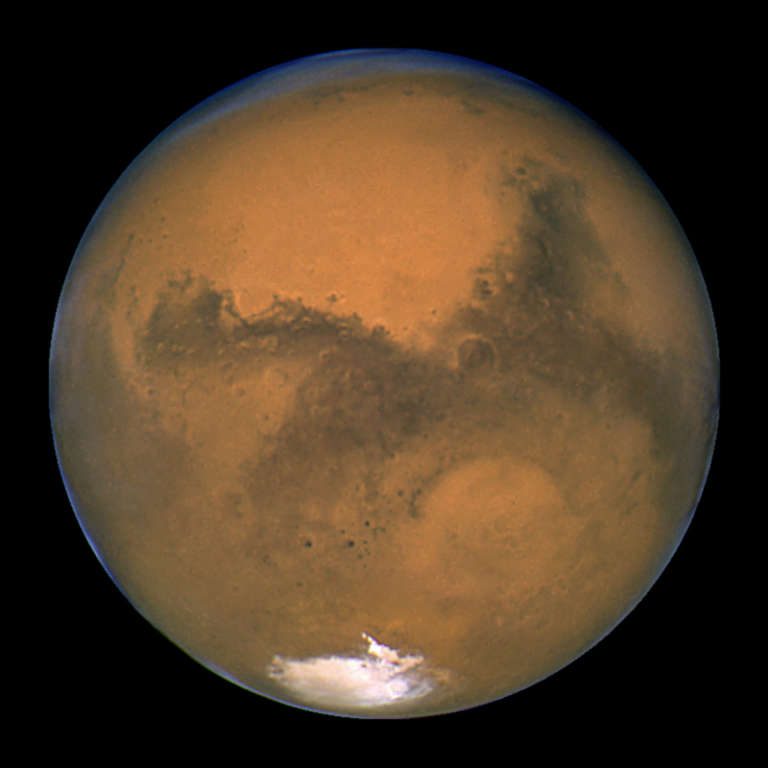

Asteroids
Hubble has produced the best views we have so far of asteroids Ceres, Pallas, and Vesta, but is also used to observe other phenomena unfolding within the asteroid belt, like the asteroid collision earlier this year:
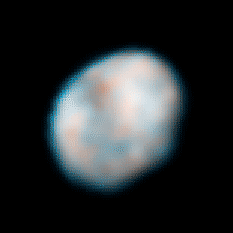
Jupiter
Jupiter is so big that it more than filled the Planetary Camera high-resolution chip on Hubble's Wide Field and Planetary Camera 2, so lots of Hubble's best shots don't show the whole globe.
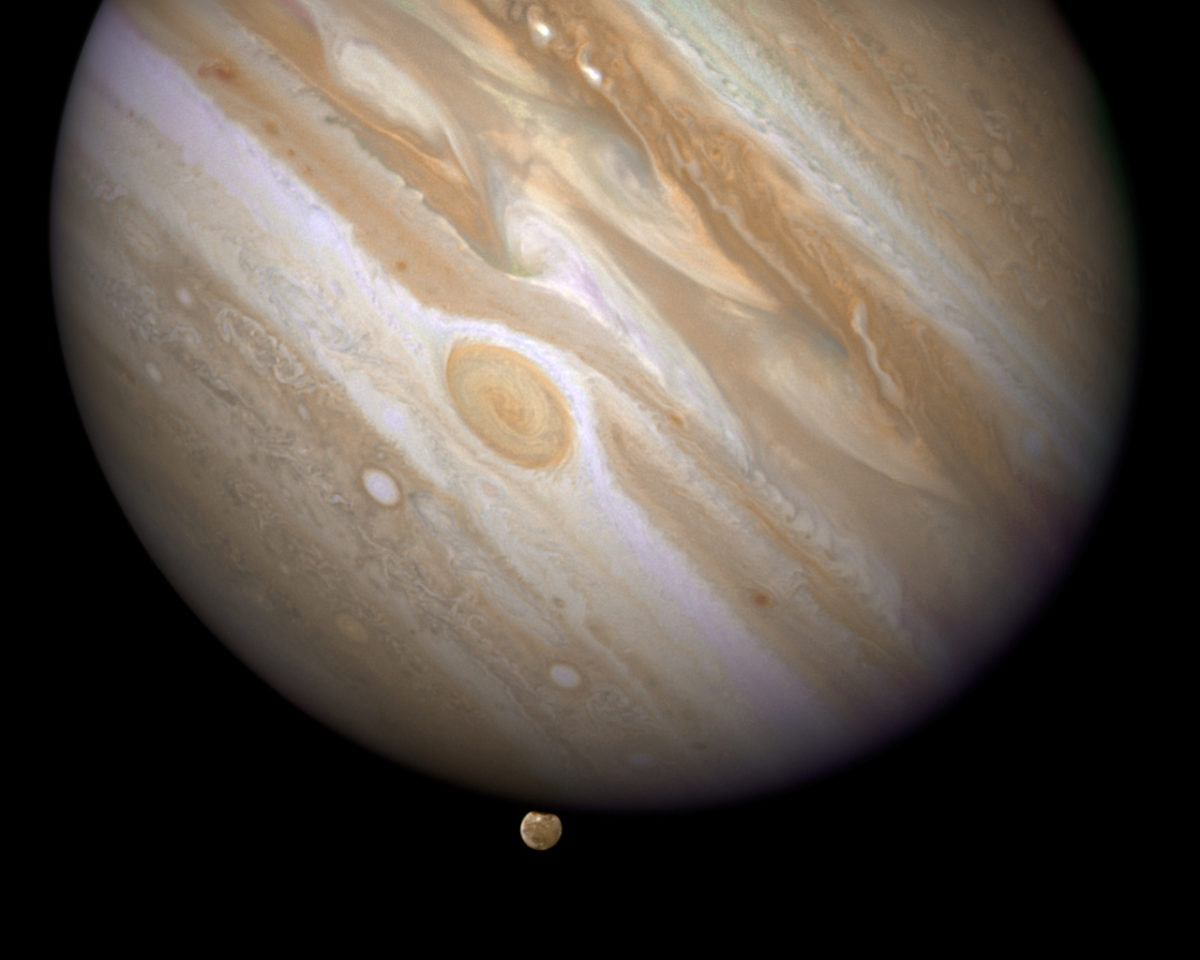
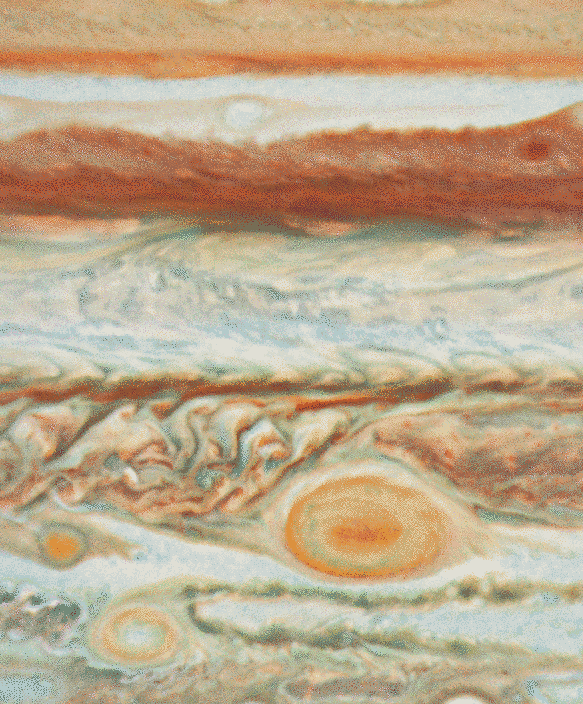
Saturn
As with Mars, Saturn's been a frequent target for Hubble, whose observations helped fill in the gap between the Voyager and Cassini visits to the planet.
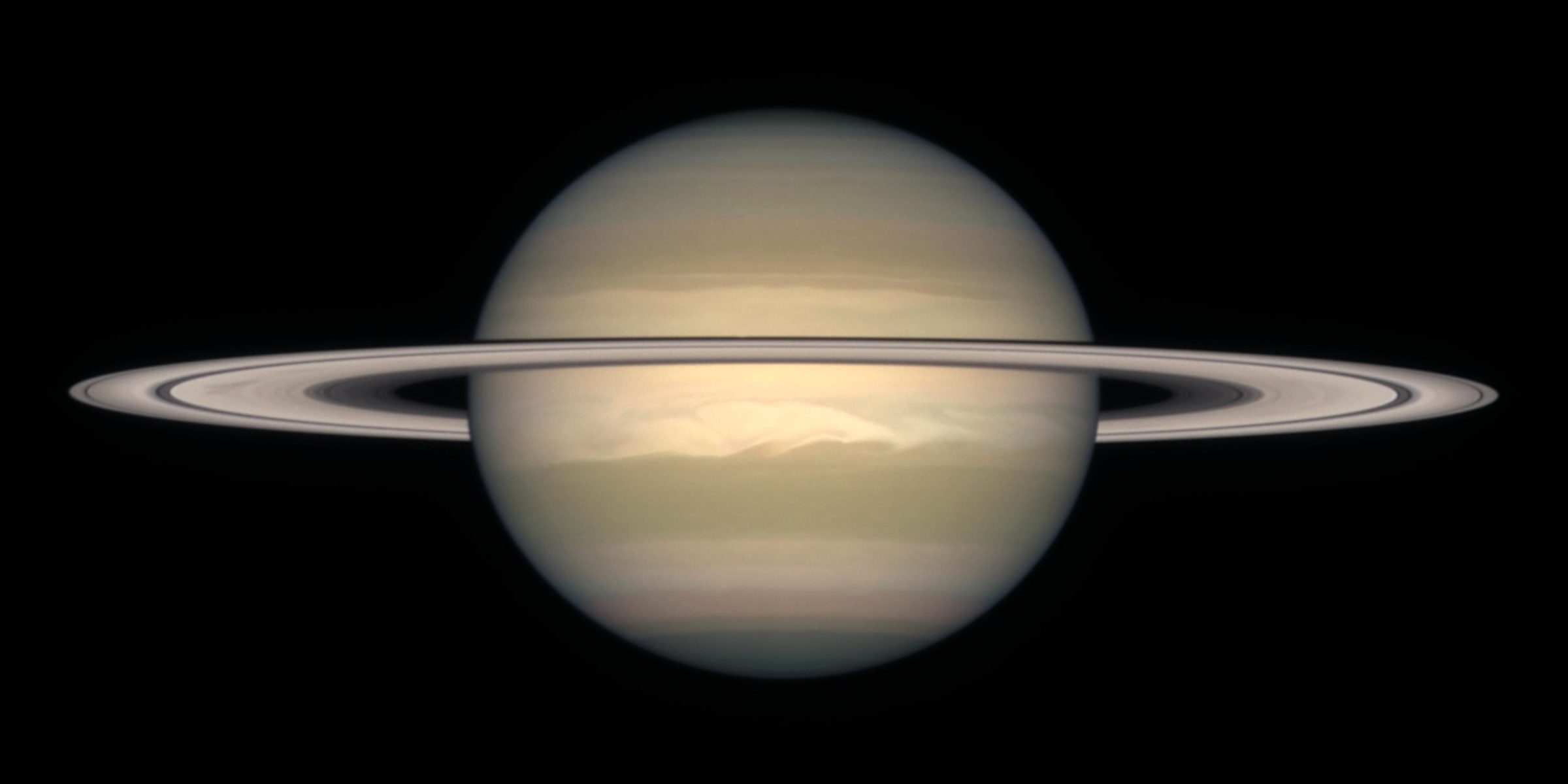
Uranus
The continuity of Hubble's observations have been key to watching the changing seasons on Uranus.

Neptune
Neptune's far enough away that it's small even to Hubble, but the great telescope still resolves major cloud features.
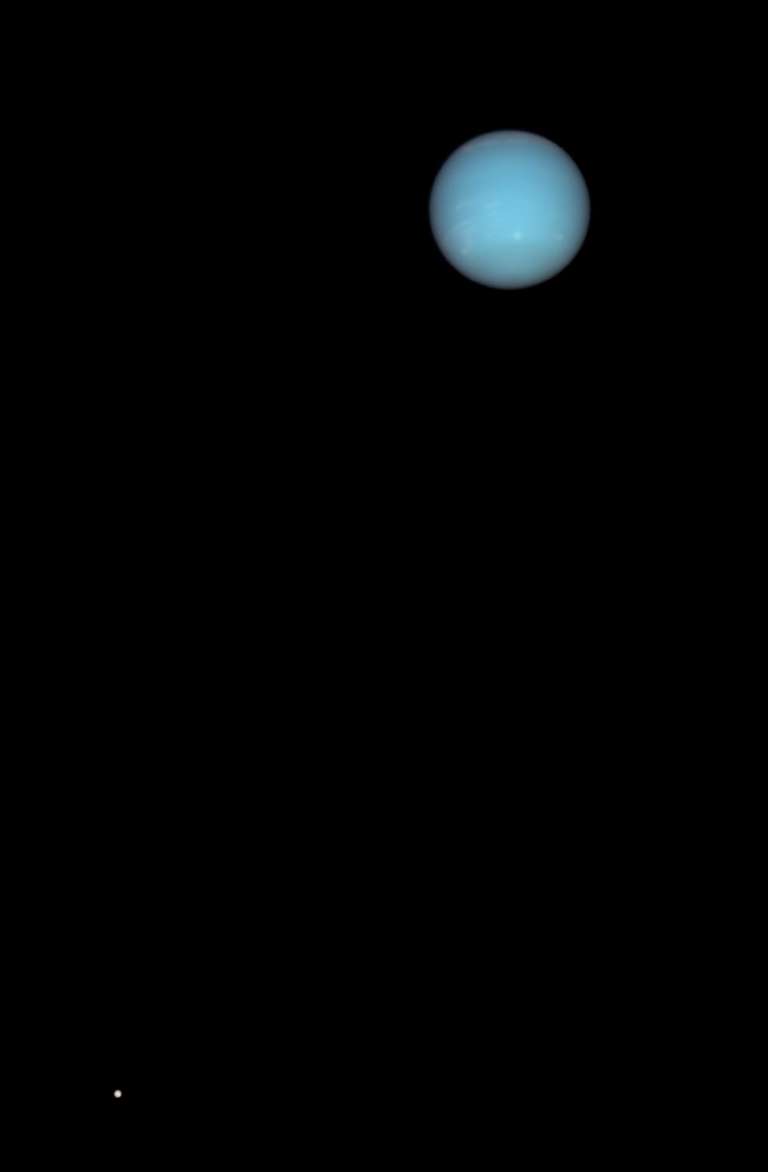
...and All the Other Stuff
Hubble photos have yielded discoveries of moons of Kuiper belt objects, and information on the surfaces of some of the most distant objects in the solar system. Hubble can barely resolve Pluto, though; to learn much more about it, we'll have to wait for New Horizons' visit. Hopefully what New Horizons tells us about the four bodies in the Pluto system, as well as any other Kuiper belt object it studies, will generalize to the other bodies observed by Hubble.

...And Beyond
Here's one more planet for you! Fomalhaut b, beyond our solar system entirely.
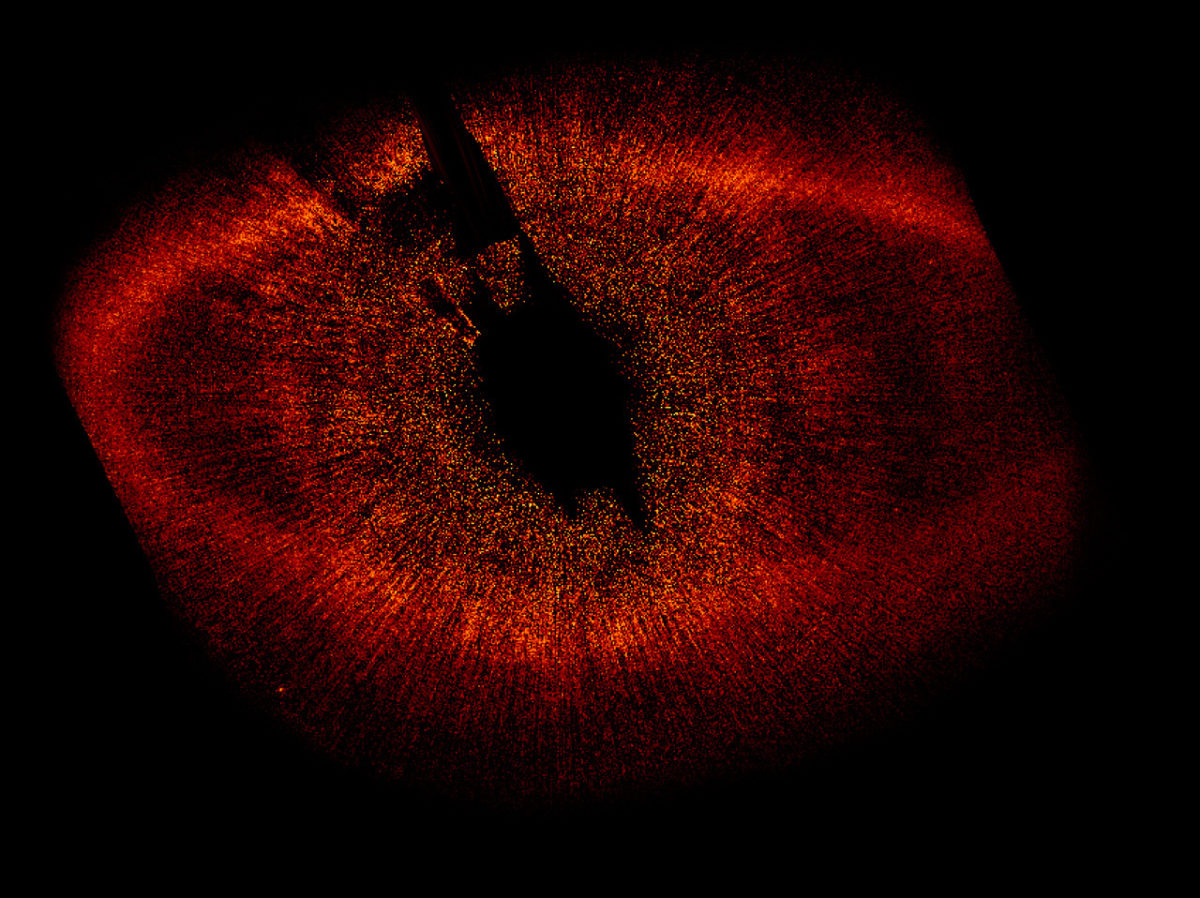
Hubble doesn't have 20 more years of observations ahead of it; but it should have four or five at least. Hooray for Hubble!
The Time is Now.
As a Planetary Defender, you’re part of our mission to decrease the risk of Earth being hit by an asteroid or comet.
Donate Today

 Explore Worlds
Explore Worlds Find Life
Find Life Defend Earth
Defend Earth

